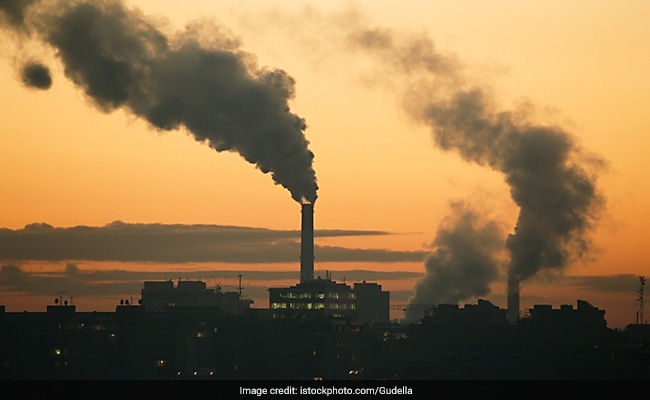- Home/
- No More Pollution? New Material Can Absorb, Trap Greenhouse Gases
No More Pollution? New Material Can Absorb, Trap Greenhouse Gases

Scientists from the UK and China have synthesised a porous material that has the capacity to shrink our carbon footprint. The material, described as "cage of cages" by researchers, can absorb common greenhouse gases like carbon dioxide with strong affinity and hold it. Describing the material, Science Alert said it is made in two steps with reactions assembling triangular prism building blocks into larger, more symmetrical tetrahedral cages. It is the first molecular structure of its kind, the outlet further said.
The material shows excellent stability in water, which makes it useful to be used in capturing carbon in industrial settings.
"This is an exciting discovery because we need new porous materials to help solve society's biggest challenges, such as capturing and storing greenhouse gasses," said Marc Little, a materials scientist at Heriot-Watt University in Edinburgh and senior author of the study.
The study has been published in Nature Synthesis.
In laboratory tests, the cage-like material also demonstrated a high absorption rate of sulfur hexafluoride (SF6), identified by the Intergovernmental Panel on Climate Change as the most potent greenhouse gas.
While CO2 remains in the atmosphere for 5-200 years, SF6 can persist for anywhere between 600 to 3,200 years.
Currently, carbon removal strategies only eliminate about two billion tonnes per year out of an estimated requirement of 20 billion tonnes to balance our carbon emissions.
This newly discovered material could enhance direct air capture efficiency, decrease energy consumption and avert the impacts of climate change.
"We see this study as an important step towards unlocking such applications in the future," said Mr Little.
Researchers said along with greenhouse gases, the new material can also remove other toxic fumes in the air, such as those that surface inside new cars.
The Great Climate Change Challenge is now open, and we are looking to connect with social entrepreneurs, tech innovators, NGOs, young scientists and students.
If you are a climate change warrior or know someone who is doing incredible work in this space, send us your entries and we'll bring some of the most innovative stories to the world.






